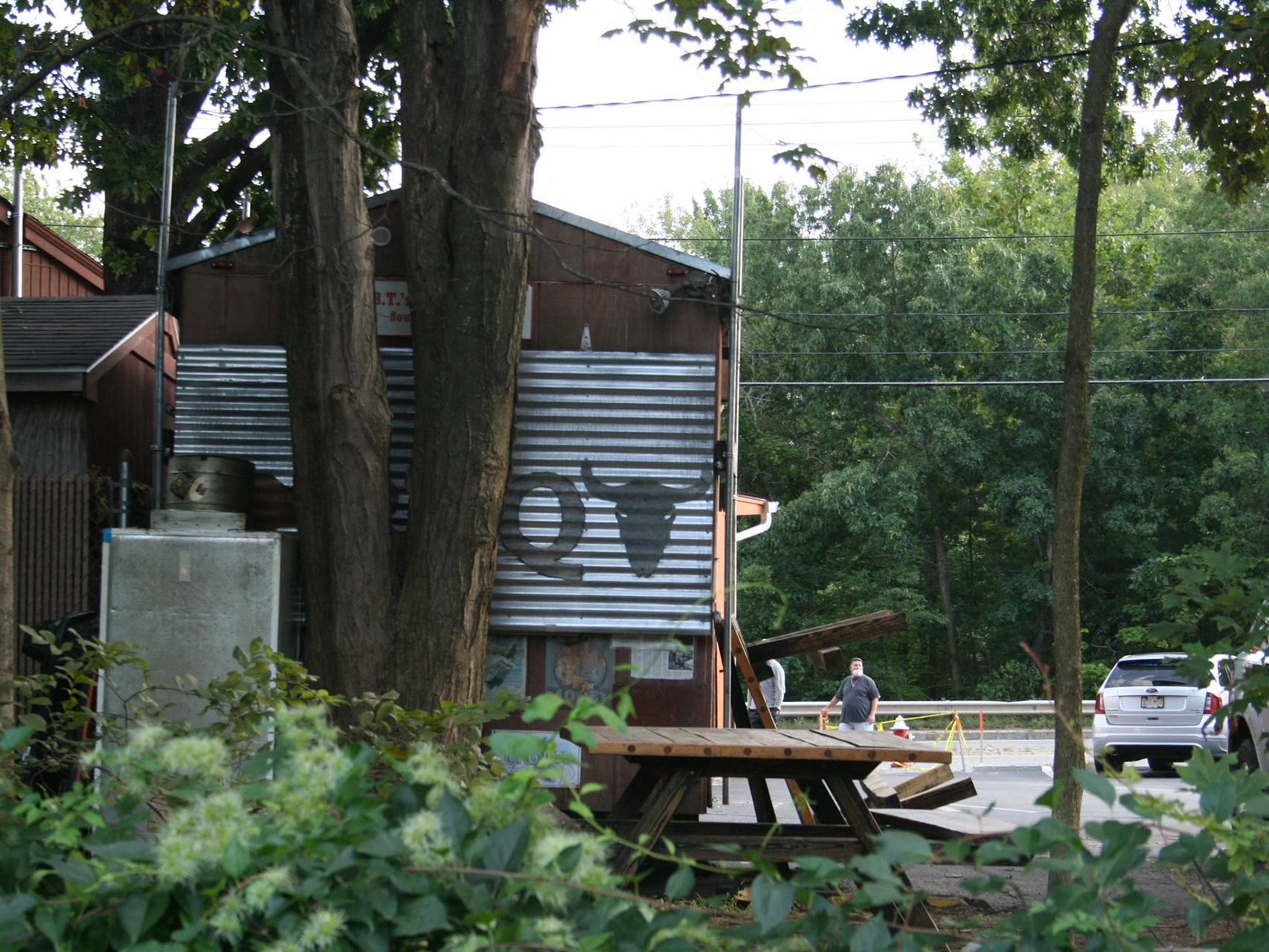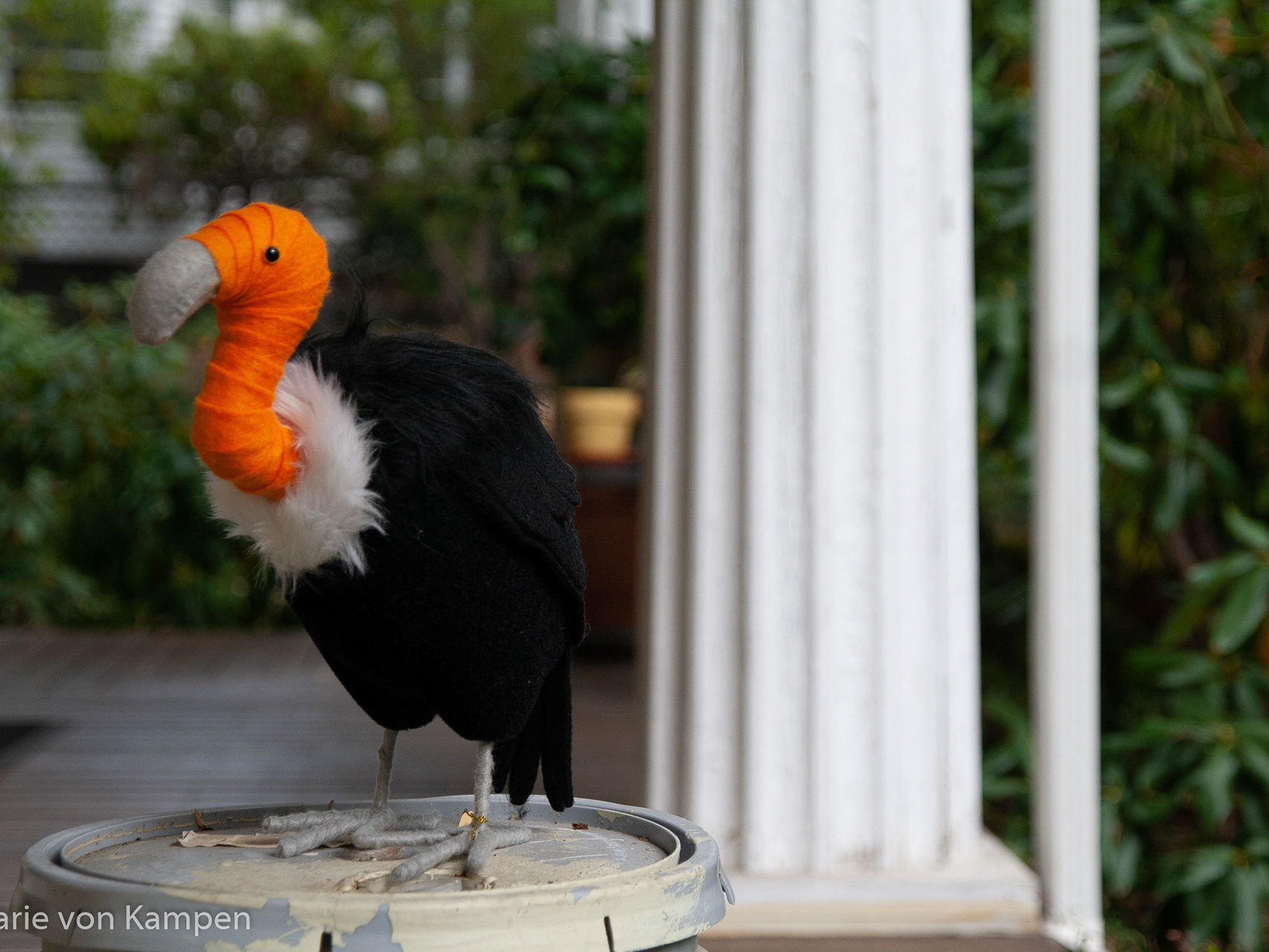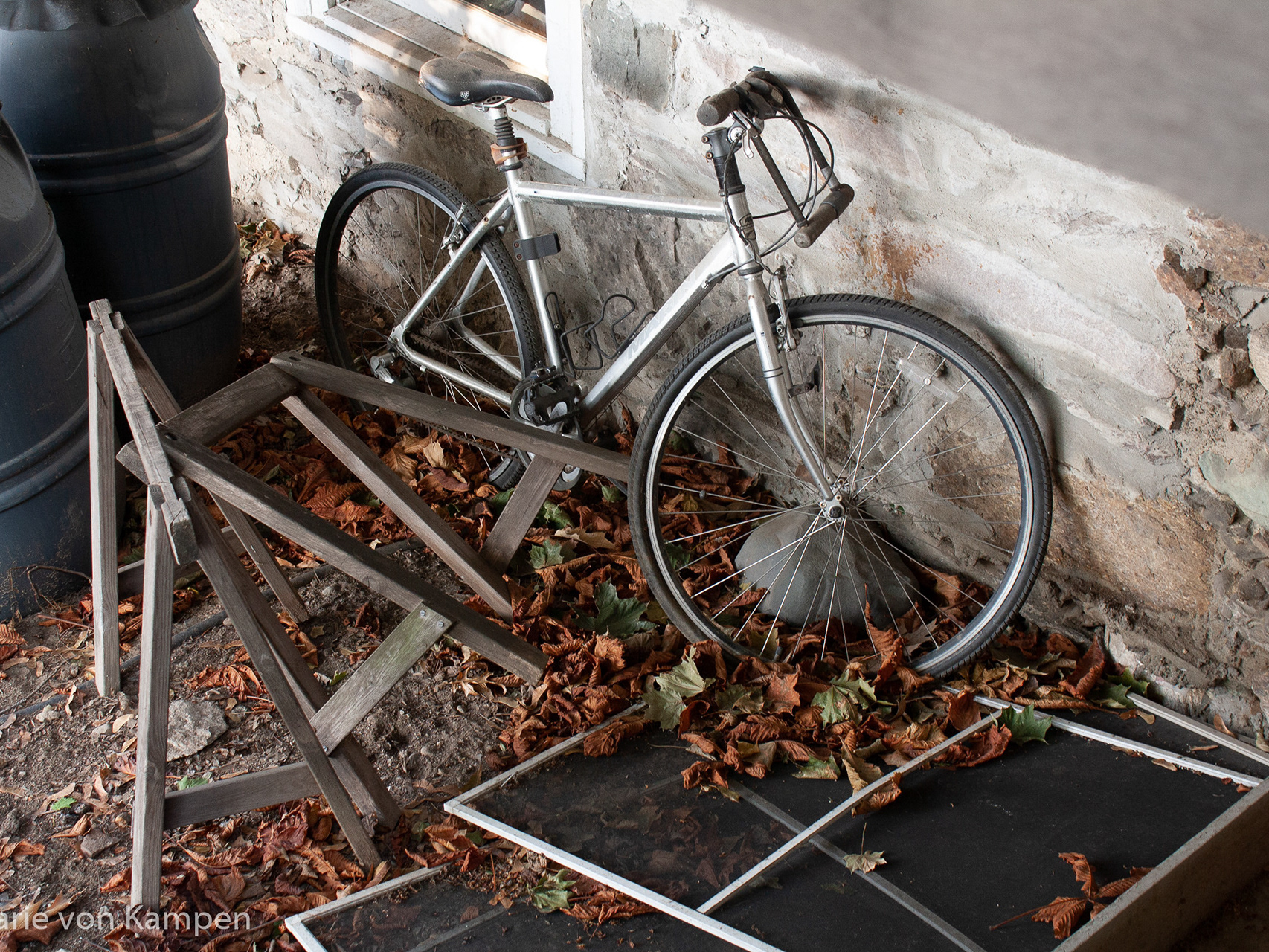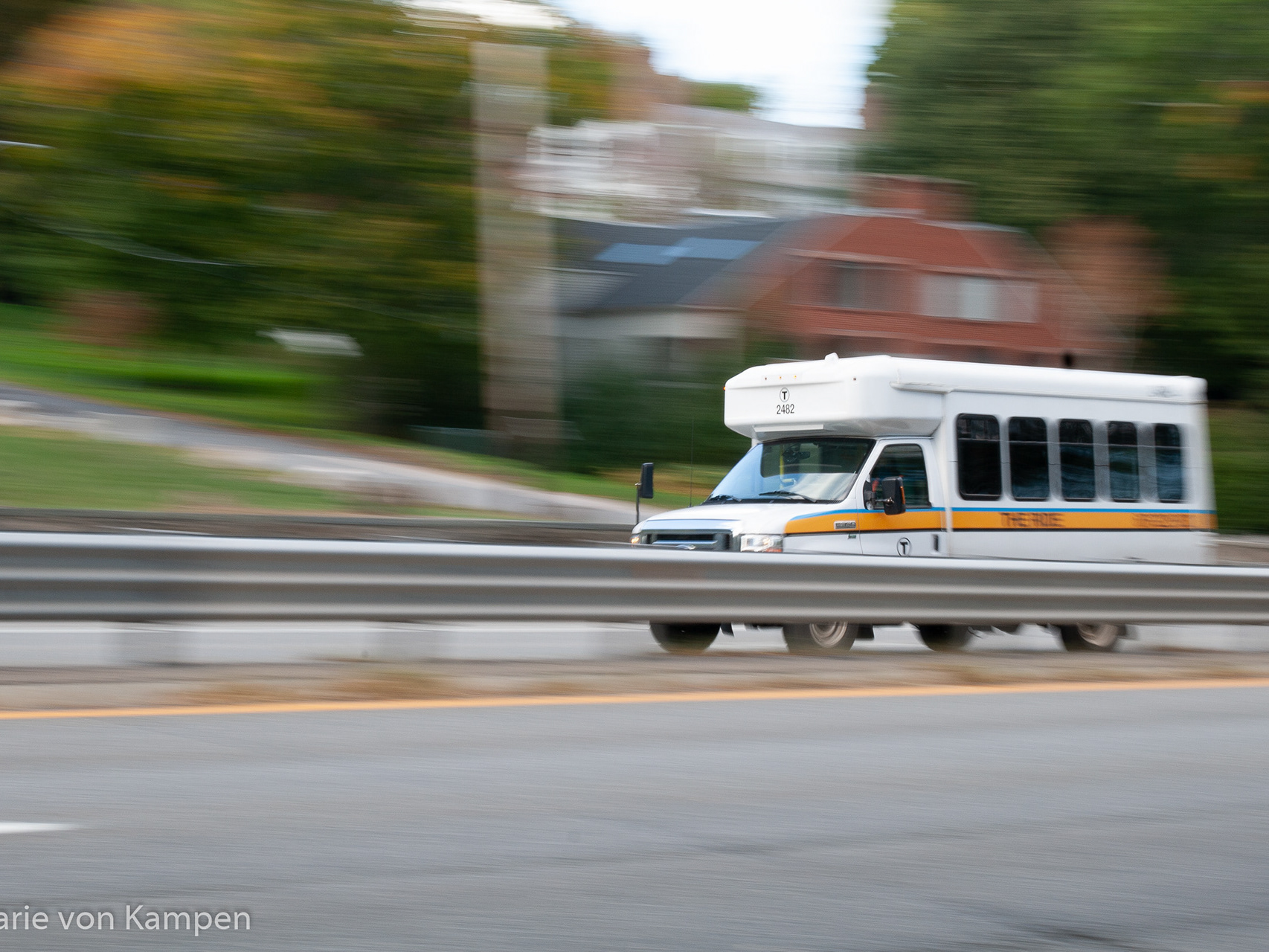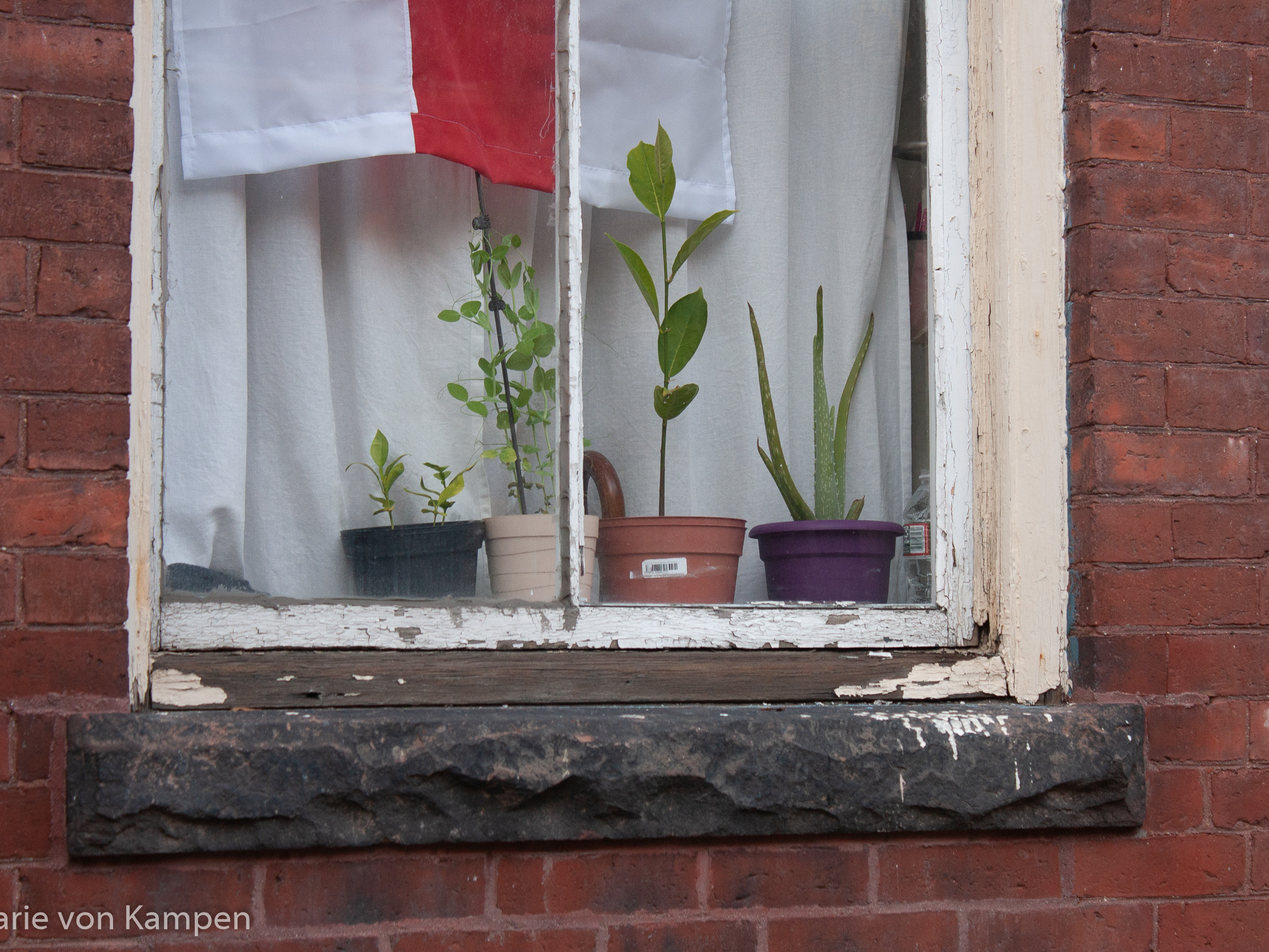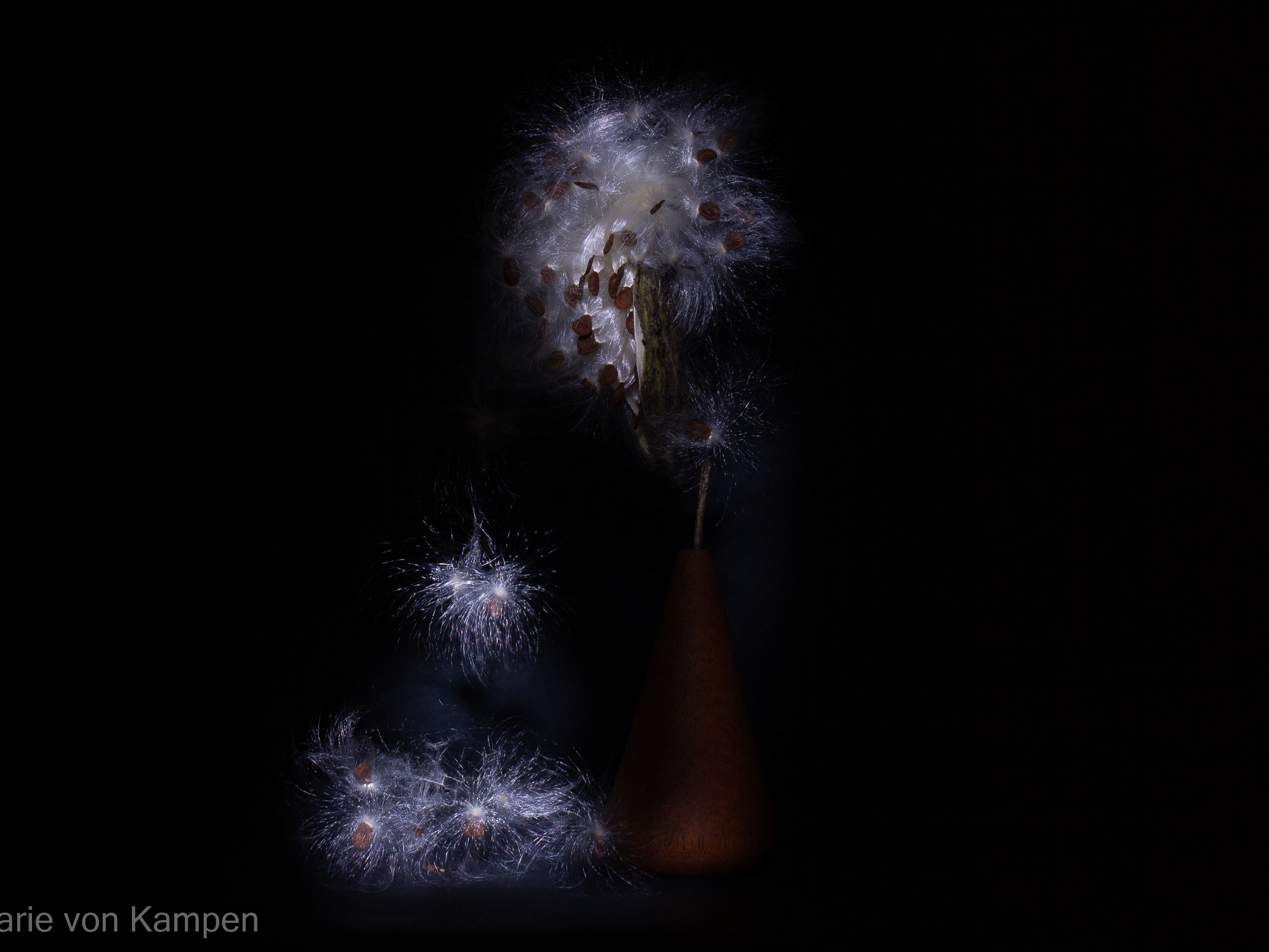The purpose of this assignment is to build on the lighting skills we developed in Assignment 7 and to deliver an exquisitely composed still life. One of three options had to be picked: 1) a set of 2 "Flat Lay" still lives with a unifying theme; 2) one still life in the Dutch style of Vanitas; 3) one still life that represents something significant in your life.
I chose to recreate the Vanitas style of Option 2. The fundamental concepts of Vanitas are to express life's brevity, imminence of death, worthlessness of riches, and futility of earthly pleasures.
Vanitas Selfie.
All items that are owned by the photographer composed together to create a still life in the Dutch style of Vanitas. Taken in Brookline, MA, on Saturday, November 14, 2020. f8 (0.6s ISO 100) Lens: EF-S18-55mm f/3.5-5.6 IS (EFL 36mm)
Photo by Marie von Kampen
All items that are owned by the photographer composed together to create a still life in the Dutch style of Vanitas. Taken in Brookline, MA, on Saturday, November 14, 2020. f8 (0.6s ISO 100) Lens: EF-S18-55mm f/3.5-5.6 IS (EFL 36mm)
Photo by Marie von Kampen
REFLECTION
This week's assignment, which used the lighting skills we developed last week to create a nicely composed still life gave me anxiety. I handled the lighting more comfortably but felt very challenged with the composition of the still life. First, I had a hard time deciding which of the three options I wanted to do; I knew that I didn't want to do the "Flat Lay," which left Vanitas or Representative Still Life. I decided to do the still life in the Dutch Style of Vanitas. I spent the first half of the week collecting most of the items that I thought I would want to do and decided to start with more things than fewer. I noted that the vanitas-style paintings I looked at varied between having many items or only a few items. I went through no less than five versions of the setup until I settled on one that worked the best for my usable space. As I moved through different configurations, I found a significant challenge to be my space's size. I chose a smaller black paper roll for the backdrop, and I had to scale back to fit the space's width. In the future, I would invest with a larger backdrop to give myself a more usable space. Often in the vanitas painting, the lighting is coming from a window on the side, which illuminates the items while creating pockets of darkness—I set up with my window on the still life's right side. In the future, I would have probably found a larger window as a light source but would want to keep the diffused gauzy curtain to soften the light.
I started with the fabric on the table as many vanitases had silk or velvet, which would show texture or light in the painting and would symbolize wealth, as they were expensive fabrics. (I opted to use my faux velvet pillowcase.) The alligator skull and snail's shells are the direct reference to memento mori – the inevitability of death. Books show the longevity of knowledge that continues after a person's life. I opted to put the pumpkins in the glass cloche as an allusion to the attempt to slow the rotting process. The Green Atlas beetle moving toward the pumpkins shows that it is attracted to the decay, even slowed down. Butterflies were sometimes used to represent resurrection, but in my version, I chose the Madagascan sunset moth (not a butterfly) to show the bitterness of something beautiful having a short life. The blown-out candle with glowing ember and wisp of smoke symbolizes the brevity of life. Flowers that were Peruvian lilies to symbolize love or wealth and had a second meaning of the flower itself – a symbol of devotion and trust in a lasting bond, both of which are temporary with the inevitability of death. The addition of printers blocks was my version of the usual key or dice that symbolized our earthly existence.
If I were to do this again, I would like to try this with focus stacking to help create a more even image. I am not happy with the print blocks and would remove them. I might substitute them with other fruit or flowers but in more of a state of decay. I tried to figure out a way to have my snake, Cornflake, in the photo because sometimes snakes are in the vanitas paintings. Unfortunately, she was cranky and would not cooperate. I was satisfied with my overall lighting. I used a gold reflector on the left side to add a little boost with some indirect flashlight beam, as my original test shot made that side very dark. I'm happy I didn't have to try to edit that in Lightroom. I would have liked a larger light source (window) to try to create more of the reflective light that is indicative of the vanitas theme. I feel my composition was not as strong as it could have been, and feel a bit disappointed in myself that I did follow the composition concepts closer. I would have liked it to fit more of the "Rule of Thirds," so I would probably either remove the cloche or switch it to the left side so that the alligator skull would be on the right side instead. As mentioned earlier, I wished I had invested in a wider backdrop, because I would have moved back further from the still life, to imitate the use of space in vanitas paintings.
After I composed my final still life setup and took my photos, I realized that I had unintentionally taken a type of selfie. All the items, except for the flowers, were things I already owned. The still life was strongly representative of some of my interests in shells (I used to catalog them at the Museum of Science), print blocks (I do letterpress for printmaking), insects and feather (I dabble in insect preservation and taxidermy), alligator skull (from my snake's cage and interest in herpetology), and books (I have too many). So I unintentionally merged the assignment options of 2 and 3 into this one photo.

